Millions of Americans depend on Social Security to meet their daily needs, including housing, food, and healthcare. But as we move through May 2025, not every beneficiary can expect to receive their check as usual.
While most people will get their payment on schedule, some may experience delays or suspensions due to changes in their eligibility or other issues flagged by the Social Security Administration (SSA).
Social Security Payment Schedule for May 2025
The SSA follows a regular monthly payment schedule based on when you started receiving benefits and your birth date. Here is the complete breakdown for May 2025:
- May 2 – For beneficiaries who started receiving Social Security before May 1997
- May 14 – For those born between the 1st and 10th of any month and started receiving benefits after May 1997
- May 21 – For those born between the 11th and 20th
- May 28 – For those born between the 21st and 31st
If you use direct deposit, your payment will usually arrive faster. If you receive checks through a Direct Express card or physical mail, it may take a bit longer.
Who Might Not Receive a Payment in May 2025?
While most beneficiaries will get their checks without issue, some could face interruptions. The SSA can stop payments when there’s a change in the person’s circumstances or if required information has not been updated.
Here are the most common reasons why Social Security checks may not arrive:
1. Death of the Beneficiary
If the SSA has not been informed about the death of a beneficiary, payments may stop once it is detected. Families must notify SSA immediately after a death to avoid problems or overpayments.
2. Change in Immigration Status
Non-citizen beneficiaries who lose their legal residency or visa status may have their benefits suspended.
3. Unreported Change of Address
Moving without updating your new address with the SSA can lead to missing checks or even suspensions due to mismatched records.
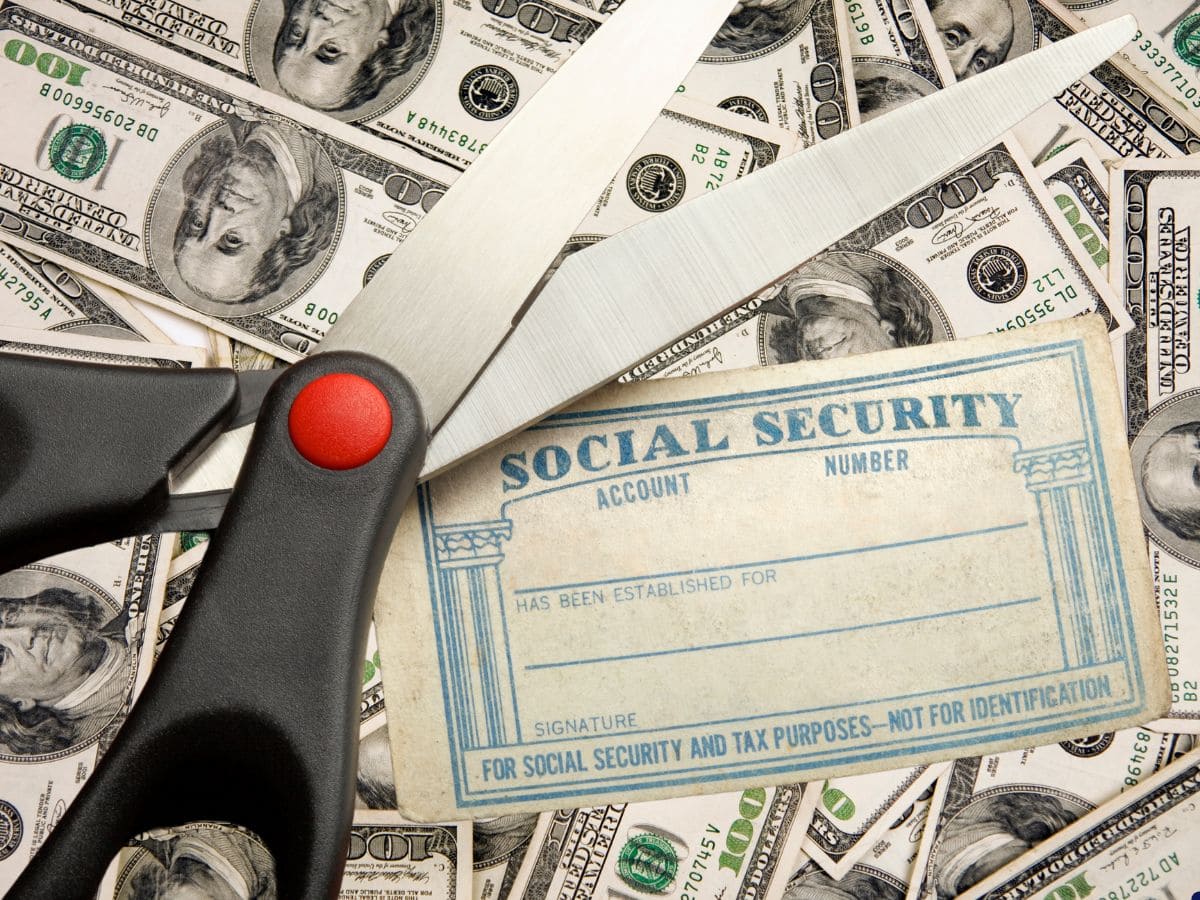
4. Exceeding the Income Limit (Early Retirees)
People who took early retirement but continue to work may accidentally go over the income limit. If earnings exceed the allowed amount, checks may be reduced or suspended.
5. Inactive or Closed Bank Accounts
If your bank account has been closed or flagged as inactive, the SSA will not be able to deliver the payment. This is a common reason for failed direct deposits.
6. Administrative or System Errors
Sometimes, mistakes in the SSA’s system or missing documents can pause payments. Even though it’s rare, it’s a good idea to regularly check your records and read all letters from the SSA.
What to Do If You Don’t Receive Your Check
If your expected payment does not arrive, take these steps right away:
- Call or visit your local Social Security office.
- Check your SSA online account for alerts or updates.
- Make sure your bank account is active and correct.
- Verify your mailing address and personal details with the SSA.
In many cases, the issue can be fixed simply by updating information or sending missing paperwork. Once your record is corrected, payments can be restarted quickly—sometimes even within a few days.
Stay Ahead: Keep Your SSA Info Updated
To avoid missed checks or benefit suspensions:
- Update your address and bank details whenever they change.
- Report any changes to your income, especially if you’re under full retirement age.
- Keep copies of all correspondence from the SSA.
- Use your mySocialSecurity account online to track your benefits and changes.

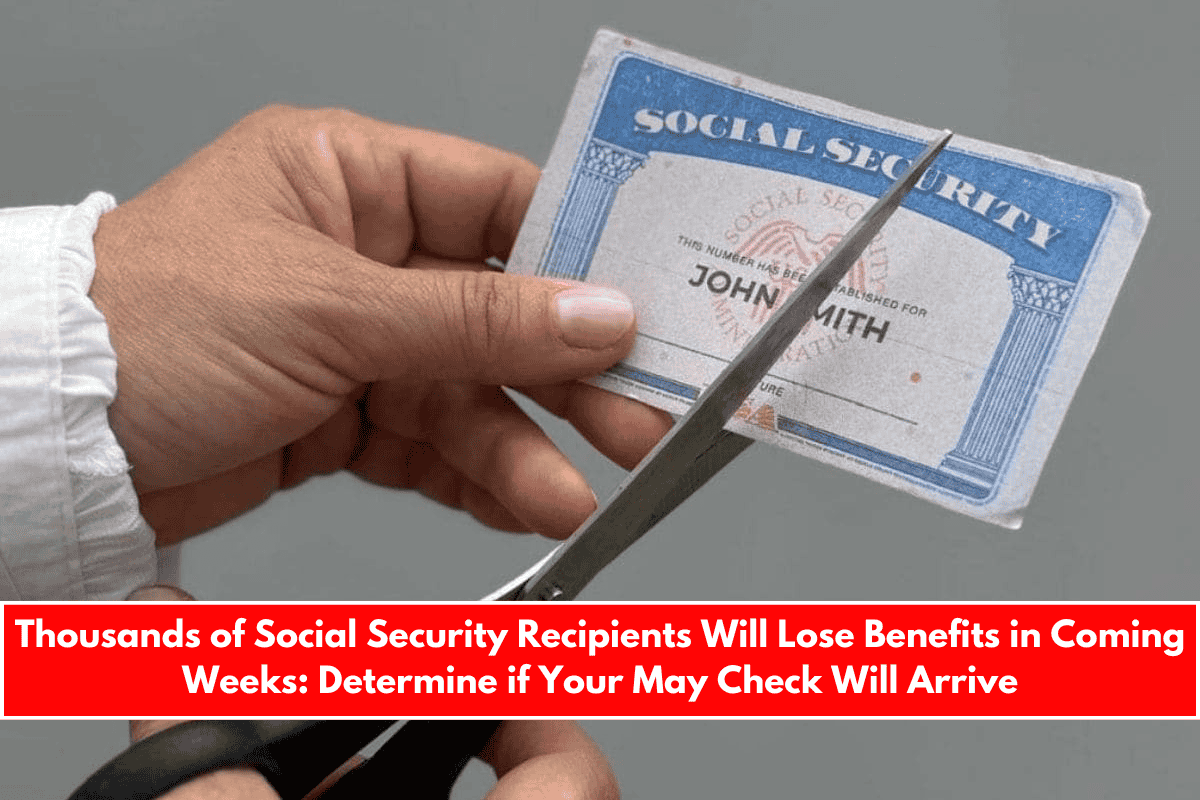
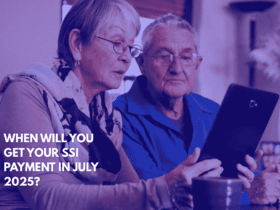

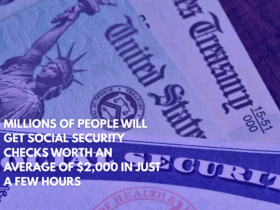


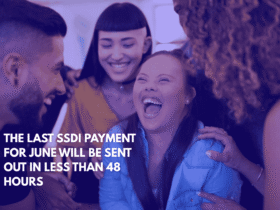
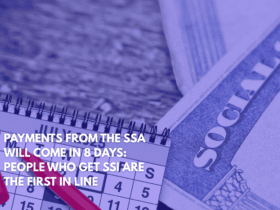
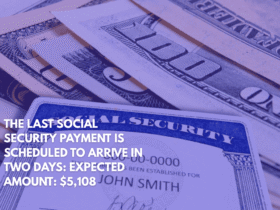
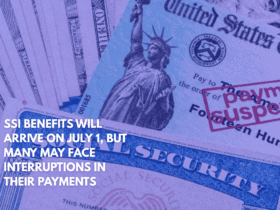
Leave a Reply